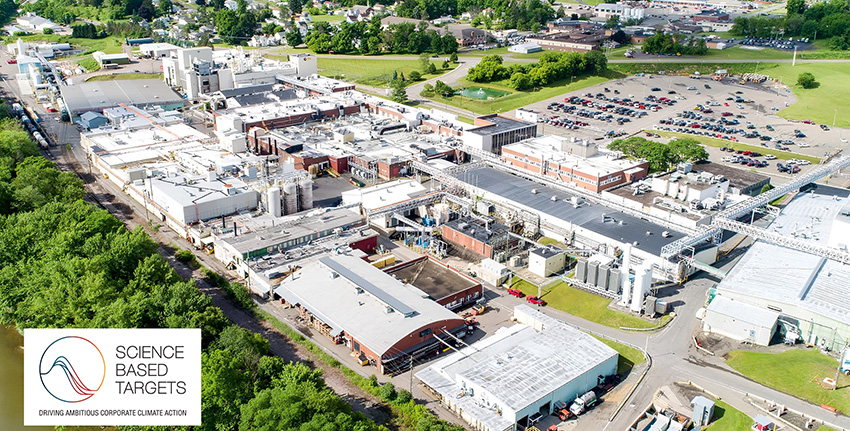
CERATIZIT, a leading provider of carbide solutions, has received official validation from the Science Based Targets initiative (SBTi) for its near-term, long-term, and net-zero science-based targets. This recognition confirms that CERATIZIT’s emissions reduction goals are aligned with the latest climate science and the 1.5°C trajectory of the Paris Agreement.
SBTi Services has validated that the science-based greenhouse gas emissions reductions targets submitted by CERATIZIT conform with the SBTi Corporate Net Zero Standards and Guidance. The company has committed to reducing its absolute Scope 1, Scope 2, and selected Scope 3 greenhouse gas emissions by 54 percent by the fiscal year 2030, using the fiscal year 2020 as the base year. These Scope 3 categories include emissions from purchased goods and services, capital goods, fuel- and energy-related activities, upstream transportation and distribution, waste generated in operations, business travel, employee commuting, and investments.
In addition, CERATIZIT has committed to reducing its absolute Scope 1, 2, and 3 emissions by 90 percent by 2040. To achieve net-zero emissions across its value chain by 2040, the company will prioritize deep emissions reductions and will compensate any remaining residual emissions in accordance with the Science Based Targets initiative (SBTi) Net-Zero Standard.
Significant Progress Already Achieved
In 2020, CERATIZIT reported total emissions of 316,503 tonnes of CO₂-equivalent. By 2023, this figure had already been reduced to 277,900 tonnes, marking a significant step toward decarbonization. The company identified its largest emission sources as purchased goods and services, which accounted for 31 percent of total emissions, followed by the processing of sold products at 24 percent, and upstream transportation and distribution at 13 percent.
CERATIZIT has committed to reporting annually on its progress toward these targets, following the Greenhouse Gas Protocol. The company will also review and, if necessary, recalculate its targets at least every five years to ensure continued alignment with the latest scientific guidance and any significant changes in its operations or emissions profile.






